


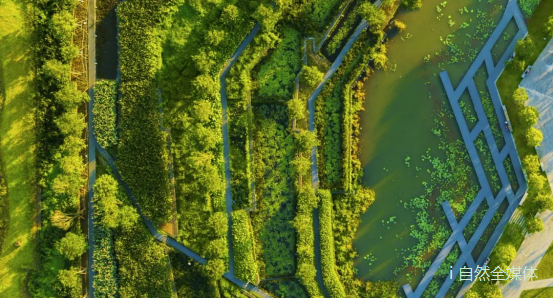
Throughout history, the well-being and survival of humanity have been intricately tied to the nurturing of our Mother River. From snow-capped mountain plateaus to lush valleys, from expansive plains to lakes and coastal beaches, the Mother River distributes oxygen and vital minerals to countless living creatures. It is through the flowing and uninterrupted course of the Mother River that a diverse array of plants can spread across vast regions, flourishing and multiplying in their natural habitats.
In the early stages of modernization, an increasing number of Mother Rivers have been plagued by issues such as pollution, depletion, and hardening. However, we now understand the adage "green waters and green mountains are as valuable as gold and silver." Therefore, we promote the utilization of nature-based solutions to achieve a "modernization that harmoniously coexists with nature," and to effectively restore the already compromised Mother Rivers.
Here we will introduce 10 cases of River Ecological Restoration Projects for the Mother Rivers in China.
1. Fengxiang Wetland Park of Meishe River in Haikou
The "black and odorous water" that lasted for over a decade has been restored to cleanliness in just 18 months. As the mother river of the older generation in Haikou, the Meishe River carries their homesickness and memories. However, with 130 sewage outlets, 209 stormwater outlets, and nearly 80,000 tons of sewage discharged daily, it had become a shocking "black and odorous water body." In order to transform the Meishe River Fengxiang Wetland Park into a showcase of a sponge city and a popular destination for citizens and tourists, the design incorporates techniques such as terraces, dense forests, orchards, and a wetland island chain to showcase the natural beauty of the park. Ecologically, artificial underground and surface wetlands are used to address water pollution issues to the maximum extent, while creating a habitat for egrets centered around the Qiankun Lake. For urban leisure, the park fully considers the needs of a comprehensive urban park by providing recreational facilities and pedestrian walkways that cater to the leisure activities of citizens.

↑Before the ecological restoration

↑After the ecological restoration
2. Zhejiang Huangyan Yongning River Wetland Park
"Be friends with floods" and let the mother river return to its natural state. Over the years, extensive land reclamation, river and lake filling, and other activities have greatly altered the hydrological processes of the Yongning River, gradually diminishing its natural functions such as flood storage, flood discharge, and biodiversity conservation. Adhering to the concept of being friends with floods, Yongning Park has demolished the concrete flood embankments that solely aimed at flood control, replacing them with ecologically friendly embankments with gentle slopes that allow water to enter gradually. The park has restored deep pools and shallow shoals in the river, adapting to floods, and introduced a large number of native plants to restore the river's ecosystem. It has also become a beautiful recreational area for urban residents.
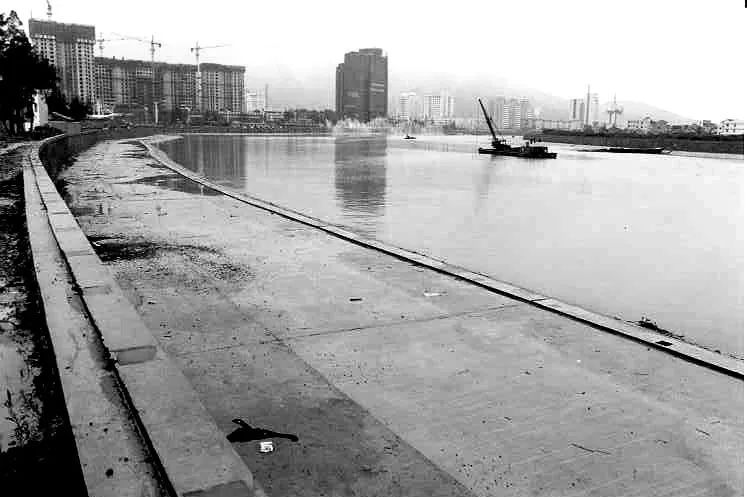
↑Before the ecological restoration
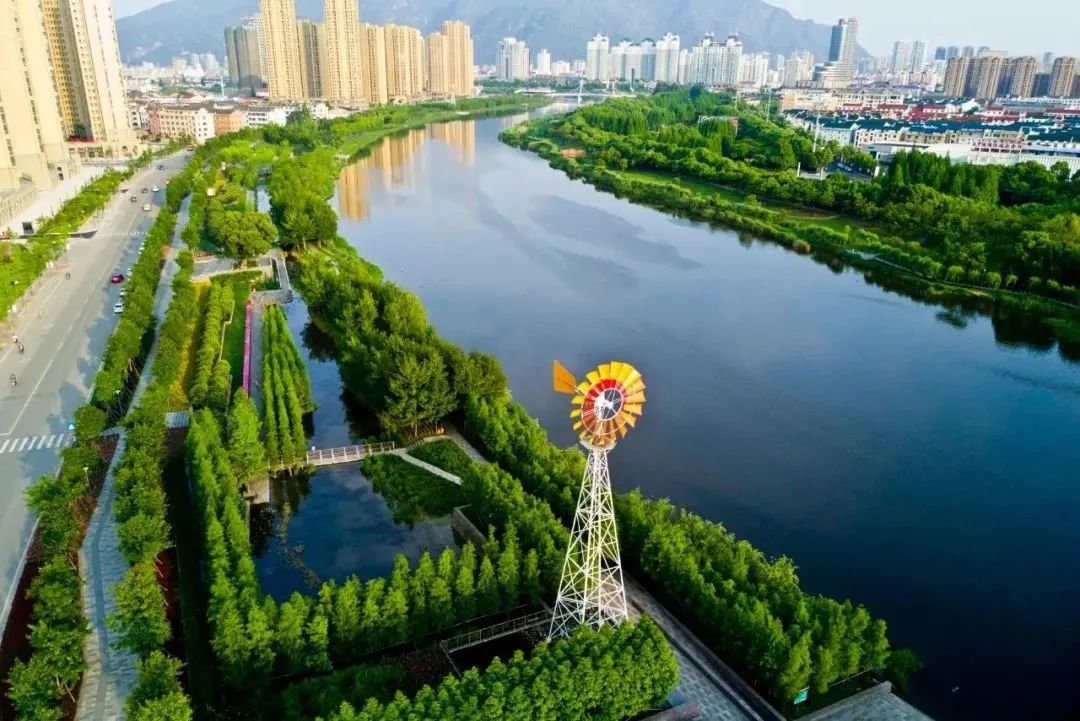
↑After the ecological restoration
3. Sanlihe Ecological Corridor in Qian'an, Hebei
The century-old river regains its former glory. Sanlihe is located in Qian'an City, Hebei Province, and is a tributary of the Luan River with a recorded history of 600 years. In the past, Sanlihe was supplied with underground water from the Luan River, with springs along its course, clear and transparent, providing a cool oasis in the hot summer and remaining unfrozen during severe winters. However, after the 1970s, Sanlihe dried up, and the river became a sewage channel, clogged with solid waste. The construction of the Sanlihe Ecological Corridor in Qian'an began in 2010, covering an area of approximately 135 hectares, with a total length of 13.4 kilometers and a width ranging from 100 to 300 meters. The design aimed to restore the polluted river, previously contaminated by industrial and domestic wastewater, into a vibrant watercourse. The incorporation of local "paper folding art" into the construction of water ecological infrastructure transformed the cityscape and stimulated the development of urban areas along both sides of the river.

↑Before the ecological restoration
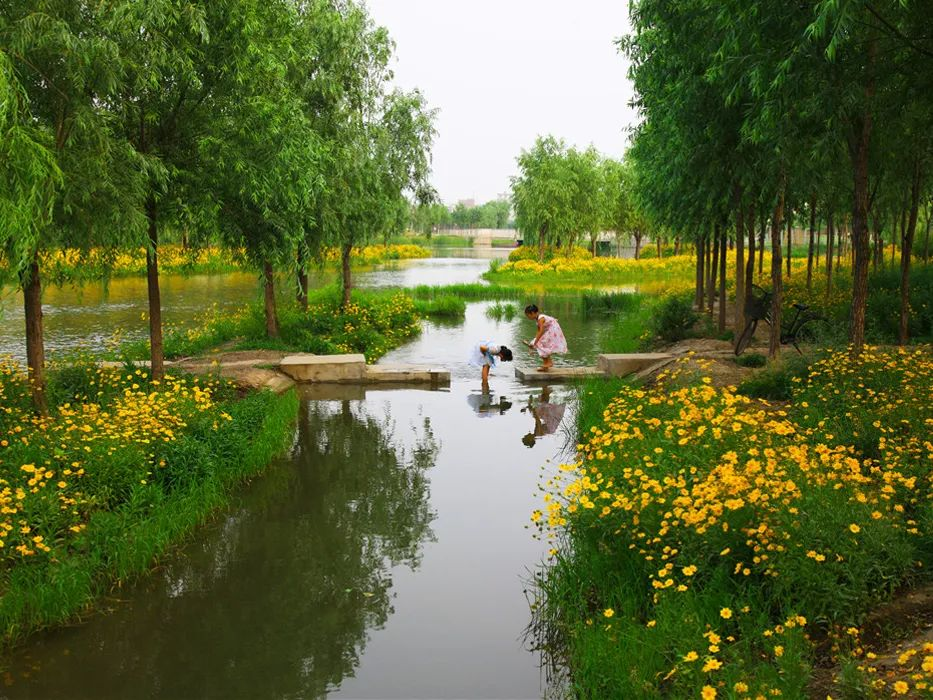
↑After the ecological restoration
4. Jinhua Puyang River Ecological Corridor
Water ecological restoration and landscape creation have saved the once abandoned mother river. The Jinhua Puyang River Ecological Corridor covers an area of 196 hectares and was completed in 2016. The "crystal-like" industrial damage affected the Puyang River, the mother river of Jinhua. The designers employed ecological water purification, rainwater and flood management, adaptive designs that embrace water, and minimal intervention landscape strategies. They combined the ecological restoration of hardened river embankments, the utilization of agricultural water facilities, and the integration of safe and convenient pedestrian networks. As a result, the severely polluted river has been transformed into a beloved ecological and recreational corridor by the local residents. This design practice demonstrates the possibility of achieving maximum comprehensive benefits with minimal cost investment, providing valuable experience for river ecological restoration and the integration of rivers into urban life.
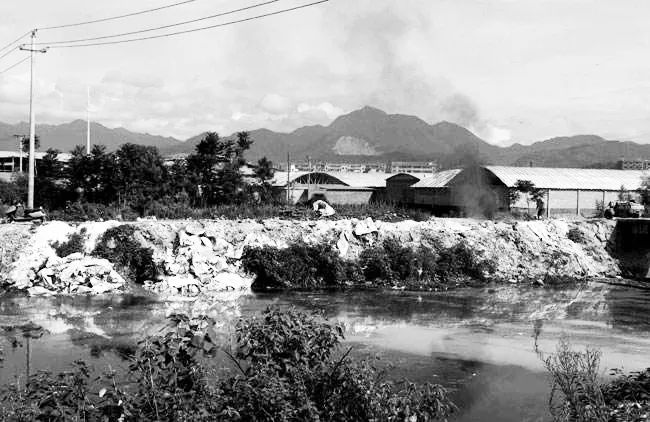
↑Before the ecological restoration

↑After the ecological restoration
5. Beijing Yongxing River Ecological Greenway
The 4-kilometer sponge-type rainwater and flood corridor bring surprises to the community residents in different seasons. Originally known as Tian Tang River, the Yongxing River in Beijing has been channelized since the 1960s, constantly excavated and hardened with concrete, losing its natural flood-carrying capacity. The design of the Beijing Yongxing River Greenway breaks away from the conventional urban flood control engineering model by transforming the seasonal urban drainage channels into flexible green sponges. It aims to retain and purify urban rainwater and create an ecologically healthy, productive, and community-building green infrastructure. The project involves removing concrete slopes, constructing wetlands, and creating porous terrain sponges through balanced excavation and filling. This design approach creates diverse habitats and layouts for recreational areas to meet the needs of local residents.
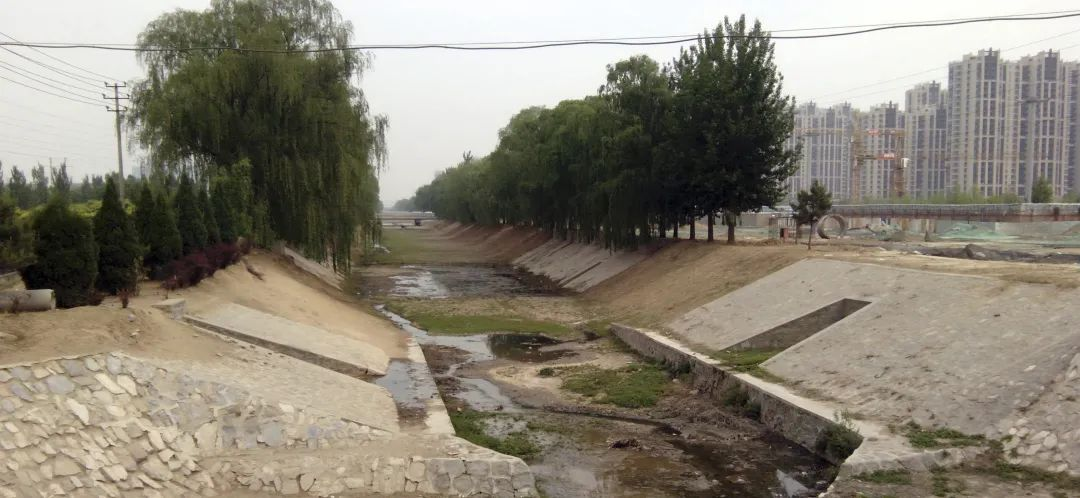
↑Before the ecological restoration

↑After the ecological restoration
Source:<https://mp.weixin.qq.com/s/BMFteIgpy6F2vuqT8IivLg>
Edited and Translated by Jia Mengyuan